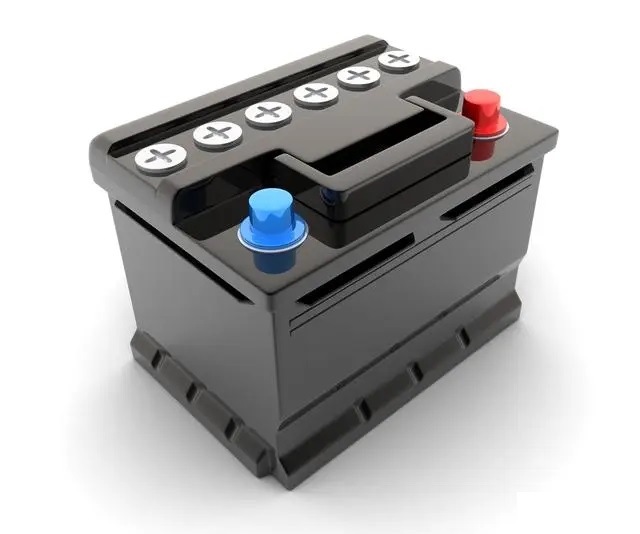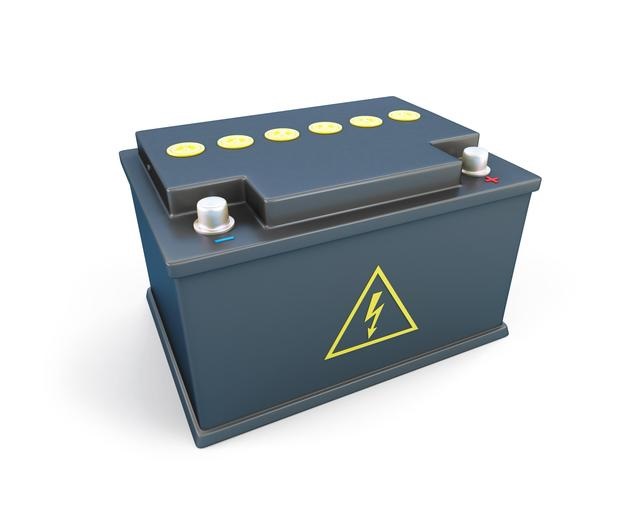欢迎您访问湖北联鸿能源科技有限公司网站,我司主营汽车蓄电池配件、工业蓄电池维护保养产品
全国咨询热线:0710-3313598

 News
NewsChina's colloid battery industry can be traced back to the Shenyang Battery Research Institute 50 ~ 60 years of research on colloid batteries. In the 1980s, the "colloid" was hyped by people outside the battery industry. There was a revolution to abolish the lead-acid battery and replace it with the silico-sol battery. For a time, fish eyes mixed beads, mud and sand. This trend lasted until the mid-1990s, alarming almost all levels of government and public opinion.

However, the manufacturers of colloidal batteries invariably use silica in the production of colloidal electrolytes. The colloidal electrolytes can only use the former, and the colloidal silica is classified as hydrophilic and hydrophobic. Gaseous silica was invented in 1940 by Degussa, a German company called Aerosil. It's amorphous, white, ultra-fine particles. The primary particle structure is Si-O-Si, spherical. The hydroxyl [-Oh] groups on the surface interact with each other to form chain - like secondary particles. Secondary particles adhere to each other and coalesce into an evacuation state, which is the use of the gas phase SiO2 products. The activity of gaseous SiO2 is shown in its "thickening" and "thixotropic" properties. The reason for the thickening is that the silanol group between particles and hydrogen bond to form a three-dimensional structure polymerization, which increases the viscosity of the medium. On the contrary, when there is an external force (shear force, electric field force, etc.), the three-dimensional structure is destroyed and the medium becomes thinner. As soon as the external forces disappear, the three-dimensional structure slowly returns. That's the thixotropy of the medium, and it's reversible.

Colloidal electrolytes require precisely this "activity". This "activity" is directly manifested in the battery, when the battery is charged, due to the increase in the concentration of sulfuric acid in the electrolyte, it is "thickened" and accompanied by cracks. The "electrolytic water" reaction at the later stage of charging makes the oxygen produced by the positive electrode be absorbed by the negative electrode through the countless cracks and further reduced into water, thus completing the oxygen cycle. During discharge, the concentration of sulfuric acid in the electrolyte is reduced to make it "dilute" and become the dilute glue state before pouring the battery. Batteries, which are used as backup power sources, spend 90 percent of their healthy lives recharging. The essence of the valve-controlled battery is to control the adverse reaction technically. In the battery's healthy life operation, the structure and composition of colloidal electrolyte determine that it has no electrolyte delamination phenomenon, and the water loss is very little.
Therefore, AGM and colloidal battery technology is much more mature and superior than AGM battery technology in controlling side reactions, which is the core technology of valve controlled battery. This is one of the advantages of colloidal batteries.